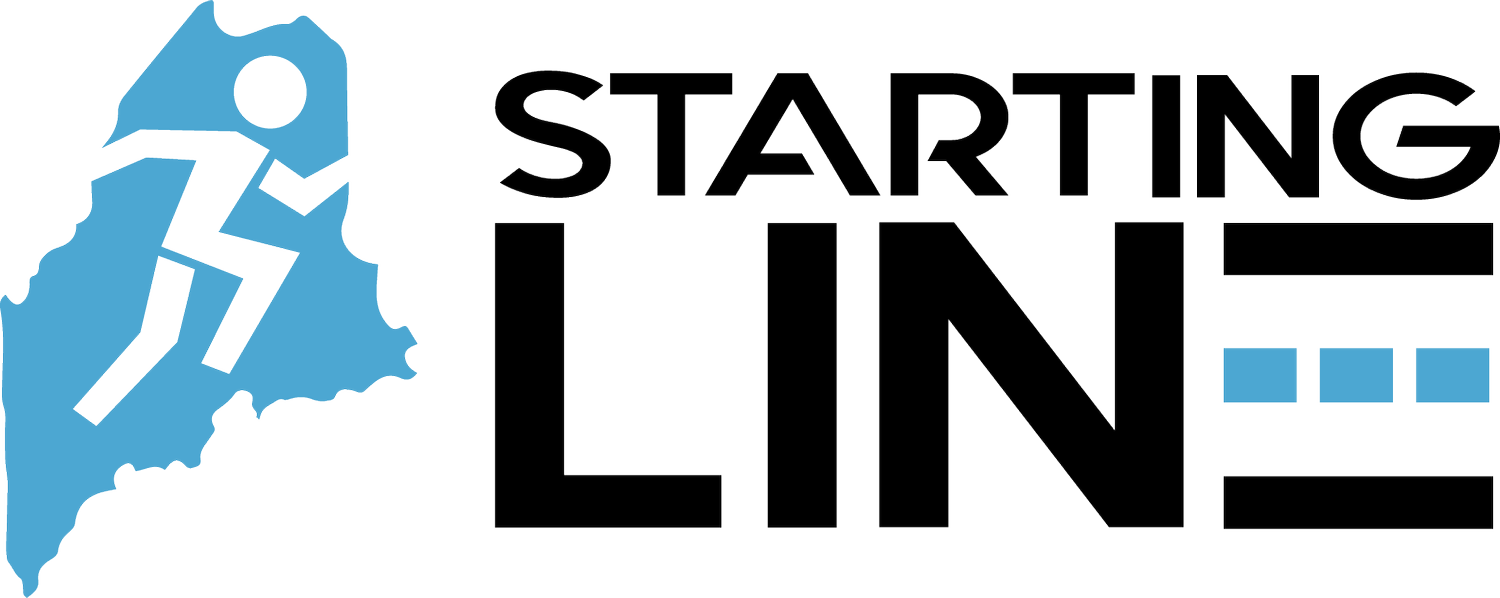Feeling tight? Why stretching may not be the answer.
By Dr. Trish Kana, PT, DPT
Runners ask all the time about flexibility and often admit how they “don’t stretch” or feel like they should be stretching more. As a PT who studies the complexities of running gait and the required mobility at each joint, I usually advise mobility work instead of stretching to maintain necessary joint motion in the ankles, knees, hips, and trunk for recreational running.
But if you’re experiencing tightness and aren’t getting relief from stretching, there’s a reason for that, and it involves your nervous system.
Let’s take a common example and dive in with tight hamstrings.
You go for a run and notice some tightness in the backs of your legs.
You decide to do a static hamstring stretch, holding for the recommended 30 seconds. It feels good in the moment, but you just can’t shake the feeling of being tight.
You make a resolution to start stretching daily. Your flexibility starts to improve, maybe you can even touch your toes after a few dedicated weeks of stretching.
But you still feel that tightness.
A muscle feeling tight is a protective mechanism initiated by your nervous system when it senses a threat. Think about when it’s super slippery out after a snow or ice storm and in the middle of a run, you see an ice patch up ahead. Chances are, you slow down and maybe stiffen up as you’re walking or running across it. During that time in which you’ve decided to change your speed/stride/posture, your brain is taking in inputs from the environment and sending messages to your musculoskeletal system that it senses some danger ahead. The output is keeping your body a little tighter and holding yourself more rigidly, helping keep you more stable and safe.
Tightness is a sign from our body that the tissue in question is sensing some type of threat. And stretching to fix the tightness is simply treating the symptom and not the root cause. So what IS the root cause?
If your nervous system is sensing danger from your joints extending into a certain position, it could be due to underlying tissue damage or inflammation, OR it could be that you are lacking stability and strength within a certain range of motion so your body is trying to protect you from injury (or further tissue damage) by remaining tight.
Based on the possible reasons for why the symptom of tightness is present, it doesn’t make sense to continue to force a stretch for the following reasons:
You could be causing more localized tissue damage to an already irritable tissue by pushing into deeper ranges of motion.
Your body is not able to control or stabilize the joint in question in these deeper ranges of motion, which could lead to injury.
So now that we see how stretching does not treat the root cause of the tightness, what are some ways to address this?
Mobilize
Pre and post-run mobility is so important. This is different from stretching! Mobility is the active range of motion you as an individual have at a particular joint, meaning if you straighten your knee and then try to kick your butt - this is active knee extension and flexion. Flexibility is more about passive range of motion- think about a quad stretch- you need the external support of your hand or a surface helping you push deeper beyond your active range and get that “stretch” feeling.
Increase stability
Being able to contract and relax a muscle around a particular joint demonstrates excellent mind-body (neuromuscular) awareness and can improve joint stability. Doing activation and body-weight exercises (especially single leg!) are ways to help this.
Strengthen
For many runners, the miles they are putting into their legs does serve to test their muscular endurance. However, if you aren’t specifically and deliberately strength training those muscles, the repetitive nature of running can lead to tissues maxing out their capacity to handle this load and again- the body sends that tightness signal.
Back to that hamstring example, let’s see how the above recommendations apply:
Mobilize: move through your available range of motion at your hip and knee joint, since hamstrings help to both flex (bend) the knee as well as extend the hip. A nerve glide can also address any underlying nerve tension that could be contributing to the tightness sensation.
Stabilize: try a hamstring bridge. The focus here should be on driving your heels into the bench or elevated surface and imaging bringing your heels in towards your glutes to bring awareness and activation of the hamstrings. Hold for 20-30sec and repeat 4-5x.
Strengthen: incorporate RDLs (Romanian Dead Lifts) into your strength routine - the focus here is on the slow lowering and lengthening of the hamstrings to build eccentric strength- super important for runners!
If you love a post-run stretch or feel like your body just feels and recovers better if you stretch, continue doing what works best for you. But if you’re dealing with chronic tightness that doesn’t improve with static stretching, try to mobilize, stabilize, and strengthen instead.
